“That the happiness of the child is the condition of his progress; that his lessons should be joyous, and that occasions of friction in the schoolroom are greatly to be deprecated.”
Charlotte Mason
Today I’d like to share with you some accommodations I have made in our homeschool for my neurodivergent son, as well as some of the thought processes behind it. Sometimes, it is hard to understand how Charlotte Mason’s principles give us a framework for our born persons when most Charlotte Mason homeschools look pretty cookie-cutter. My hope is that in sharing these things, you are encouraged to be creative and not grow weary in the uniqueness of your homeschool.
A Sensory Diet
After coming to a better understanding of what “education is an atmosphere” meant for my son (you can read what I wrote about Education is an Atmosphere: Neurodivergent edition here), I ordered a kit from Sensational Brain to develop a sensory diet in our home. Before I even thought about books and how we were going to do lessons, I needed to consider my son’s nervous system and what we could do to maintain regulation throughout the day.
Are you familiar with what a sensory diet is? Sensational Brain shared this helpful definition on their Instagram page:
“A group of activities that are specifically scheduled into a child’s day to assist with attention, arousal and responses. The activities are chosen for that child’s needs based on sensory integration theory. The use of specific types of input; proprioceptive, tactile, visual auditory, vestibular, gustatory, and oral motor are introduced during various times of the day and assist the brain in regulating attention and an appropriate level of arousal. These different types of input cause a release of neuro-chemicals that can last up to two hours, depending on the type of input and intensity. A sensory diet is designed to keep a flow of these neuro-chemicals steady in the brain throughout the day for improved learning.”
I set up our Brain Works folder and explained it to my son, and he took to it immediately. About every two hours, we do a sensory activity. He comes to the folder, checks in with how his body feels (He has developed his own language around this: when he feels like “mushy cardboard” we do red activities, when he feels like “a hard cupcake” we do green activities, and yellow is “just fine”), and he picks an appropriate sensory activity. This has been a game-changer in our home. Later, when we finally started Occupational Therapy (we had been on the waiting list for almost two years), the OT was thrilled we had already worked on that sensory foundation, and she could move on to deeper work.
Note: I have thought (or maybe overthought) all of this a good deal. When I look at Charlotte Mason’s educational philosophy, some helps for a regulated nervous system are already built into it: time outdoors, Swedish drill, and music for example. Given that I have been homeschooling with this educational philosophy for many years, I have tried all the things, seeing it so plainly, and we’ve still needed additional support. There are ideals, and then there are realities. I sometimes think people feel ashamed to show or share these kinds of things in their beautiful CM homeschools. But I think the most beautiful thing of all is a mother who doesn’t let her educational ideals tread upon her child’s born person. Sometimes, that isn’t going to be aesthetically pleasing for Instagram. I’ve learned a lot about shame. Mostly how to let it go.
Spreading the Feast
Once we had these sensory rhythms set up in our home, I turned my attention to how to add lessons to the mix. What I came up with is what I affectionately call the “I Have No Plan But Let’s Love Learning and Remain Regulated” Plan. One thing was absolutely clear to me: there would be no more timetables. While my Year 8 adores timetables and is anxiously awaiting getting to make a new one for term two when we are on break week (bless him), everything about the timetable dysregulates my Year 4.
Left with just books and things swirling around in my head, I decided to make lists. I typed out two lists: one of readings and one of non-readings. I explained to my son the importance of alternating subjects. If I can explain the “why” behind things, especially if I can bring it back to science (in this case, brain science), he’s more likely to accept what I’m asking him to do. The plan, then, was after breakfast, and after we’d done our morning sensory activity, I would let him pick two readings and two non-readings from the lists. We would alternate through them, grab our Brain Works folder, check in with our bodies, and do another sensory activity. We repeat this process, most days, twice, with math always coming after our stomachs are full and we’ve had some protein with lunch. At the end of the week, everything on our clipboard is done, he has received the autonomy that’s important to him, and I have removed myself from the equation in all the ways that were dysregulating to him. This was a huge win for us.
Other Accommodations
Special Interests: I added a stream of science to our reading list that fits with his particular interest: space. This was simple to do, as I just purchased some books on the topic over the summer and added one to the reading list on our clipboard. He’s always excited to add what he learns into his science notebook. His other special interests, Minecraft and Legos, are already an active part of our family culture. Is it really masterly inactivity if it doesn’t include Legos? We also build something we learn from his readings in our special Minecraft world every week. Here is Ben Franklin’s childhood home, complete with that ball over the door, plenty of candles since his dad was a candlemaker, a hearth, and a loft with 15 beds in it to accommodate all of Ben’s brothers and sisters. (From Poor Richard.)
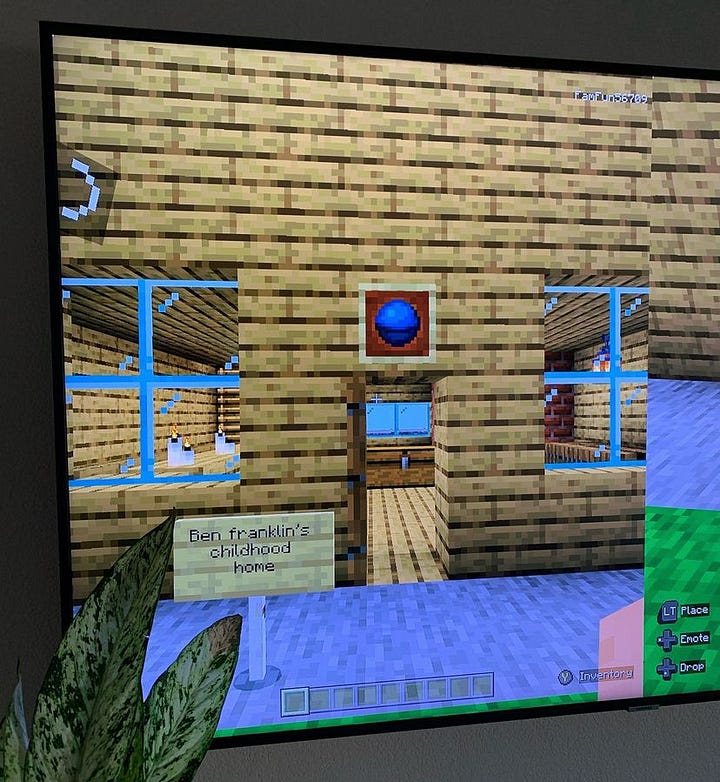
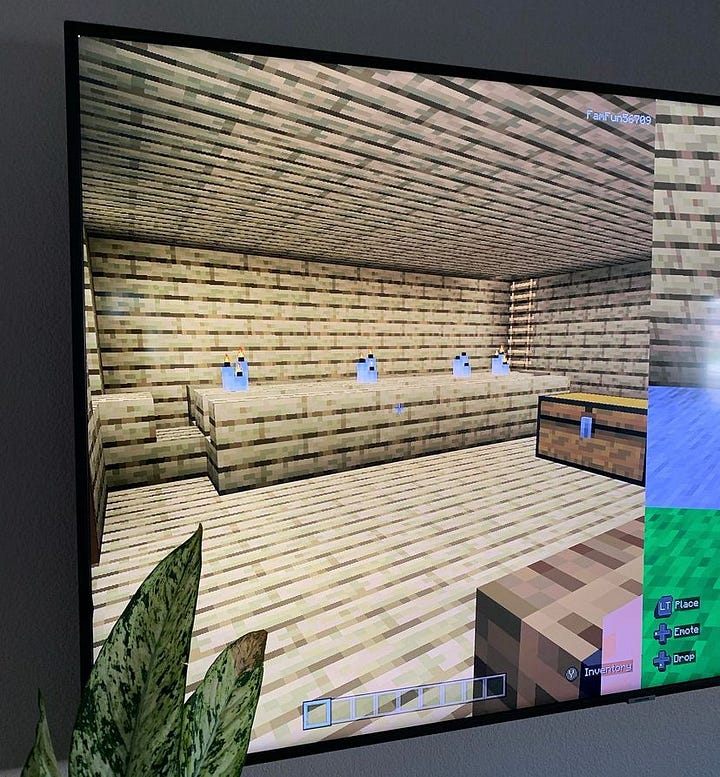
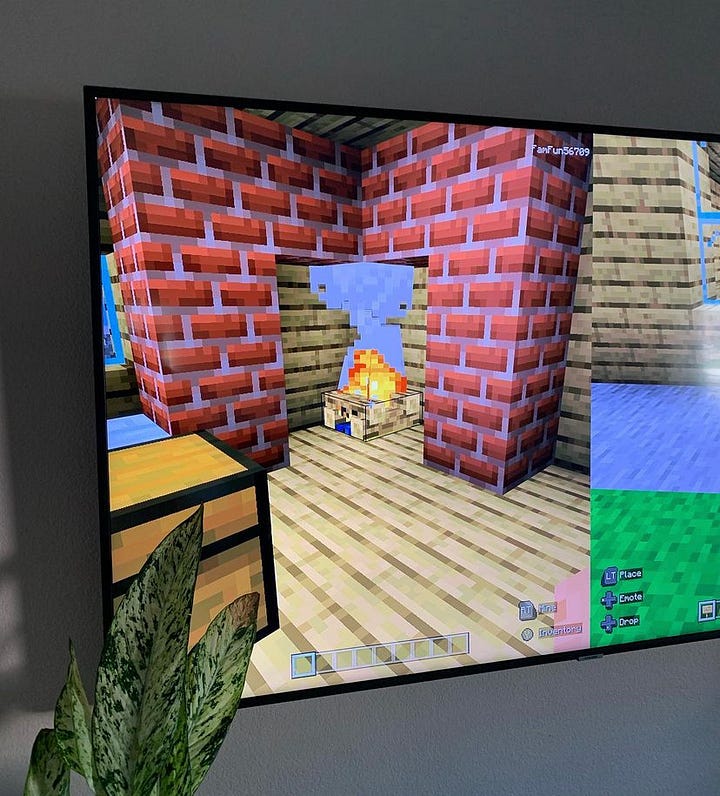
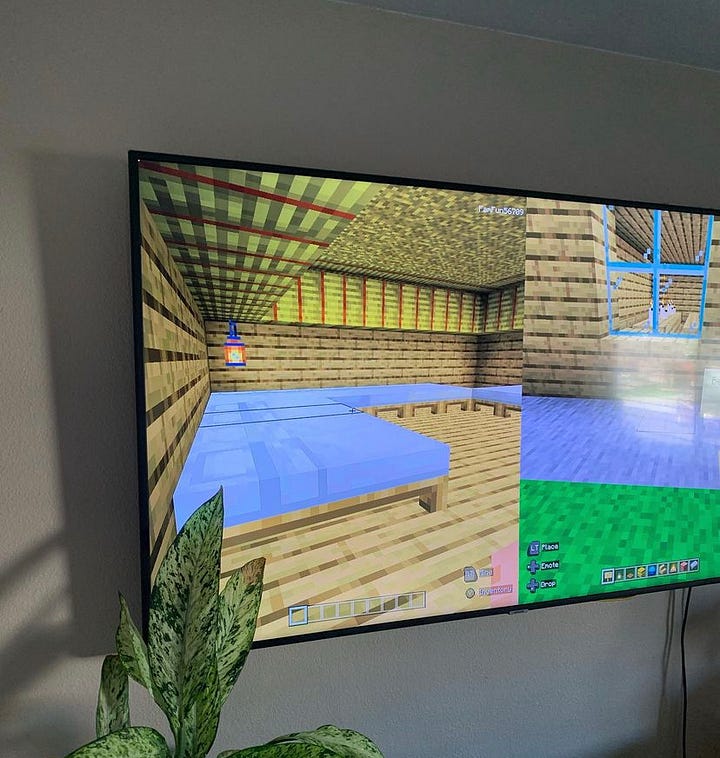
Whiteboards: Anytime we read, you will find a whiteboard nearby. I learned early on that narrations were not going to happen without a visual. Have you ever asked for a narration and just got blank stares? This was us in Year 1. My son needs them to have a visual or to keep track of sequencing, or all he will remember is the end of what I just read. There is no long-term memory happening without a visual (this is also why I adore the idea of keeping in a Charlotte Mason education, but that’s a post for another day). We got to a transition place last year where the whiteboard helped for some readings (think Shakespeare, mythology, or history) while it caused anxiety in other subjects because the stories were less complicated, and he had grown in this mind work! The whiteboard now sits on the table during lessons, and he knows he can use it if he needs it.
Social/Emotional work: As the OT works on social/emotional work from a systemic posture, I try to mirror the concepts in our home through our lessons. I want to work on habits of seeing and talking about emotions, along with the inner critic and coach, etc. with the characters we encounter in our books. For example, have you ever paid attention to all of the emotions in Robinson Crusoe? After we read a chapter, we pull out our emotion cards from the OT, and we are always surprised to see he experiences emotions from the blue, green, yellow, *and* red zones all in one chapter! Poor fellow. We don’t do this every day with every book, but it is always in the back of my mind as we are reading. This helps normalize emotions and makes OT work less stressful for my son because education is the science of relations, and there is no separation.
All of this has made for happy days in our home. I can tell you, honestly, we’ve never had a school year quite like this, and I am thrilled. All the happy tears. While things are still hard, and they will continue to ebb and flow in varying states of hardness for his whole life, lessons have been joyful–for him and for me. This is worth its weight in gold. We laugh through pillow fights, get at ideas, make unique connections, and I can only hope that as we continue down this path, I will have spread the feast in a way that has helped my son ‘learn how to live’ in all the unique ways he will need.
If there’s a lot of friction in your homeschool, be encouraged. With a bit of creativity, a lot of prayer, a healthy dash of letting go, and an understanding of Charlotte Mason’s educational principles, you’ll get from here to there in time. Have you made unique accommodations for your neurodivergent? I’d love to hear about them! We are not alone, and a little support can go a long way.
Mariah Kochis 2023




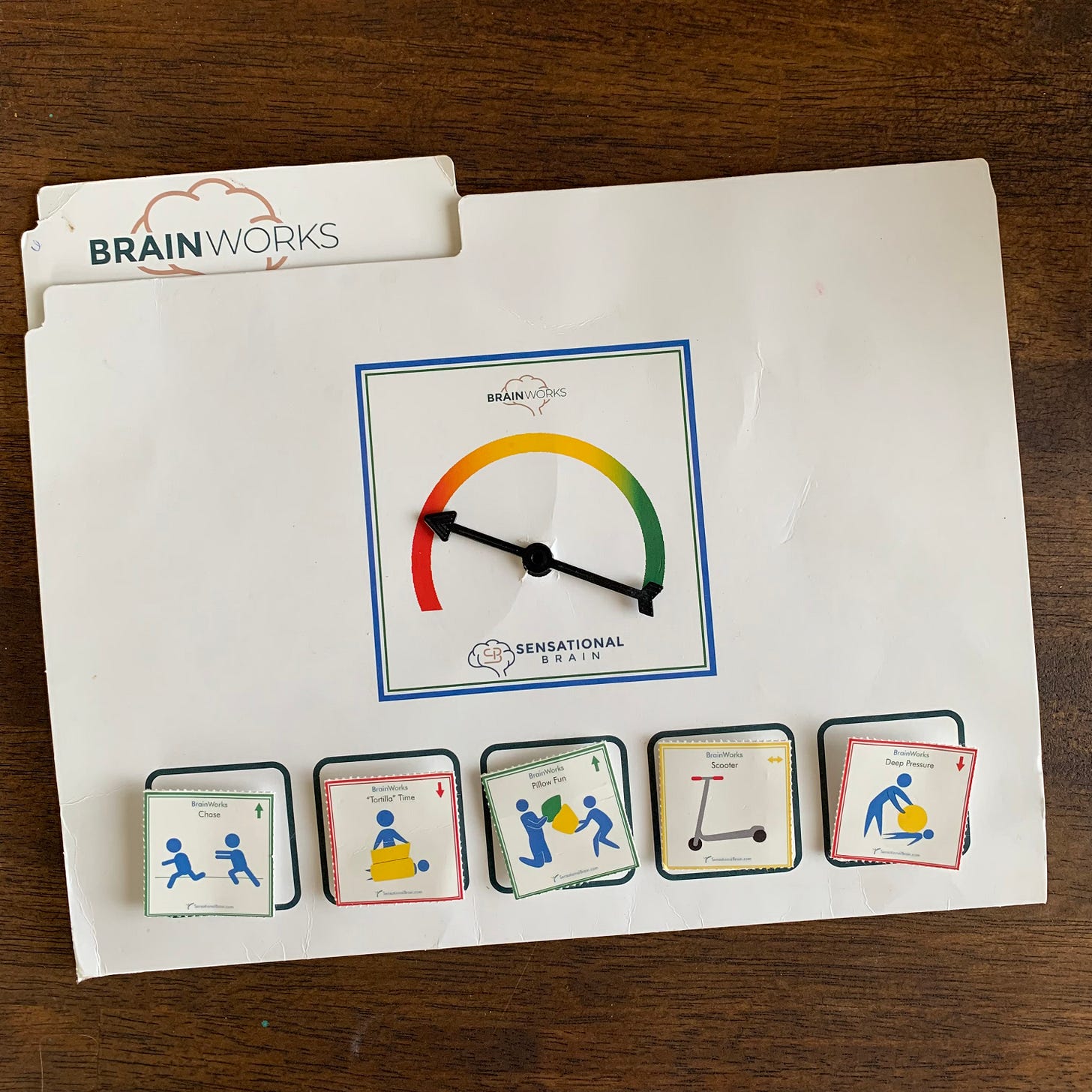
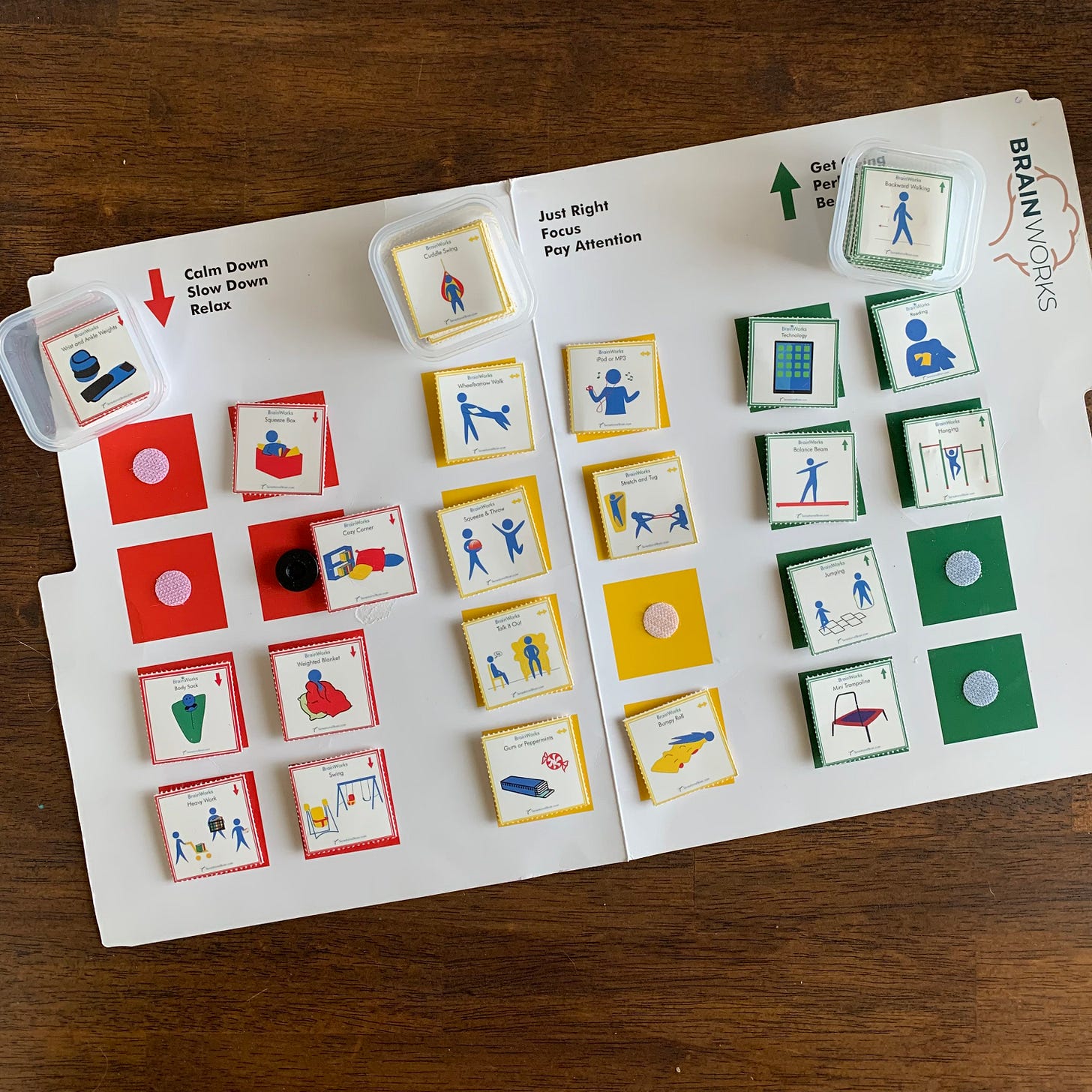
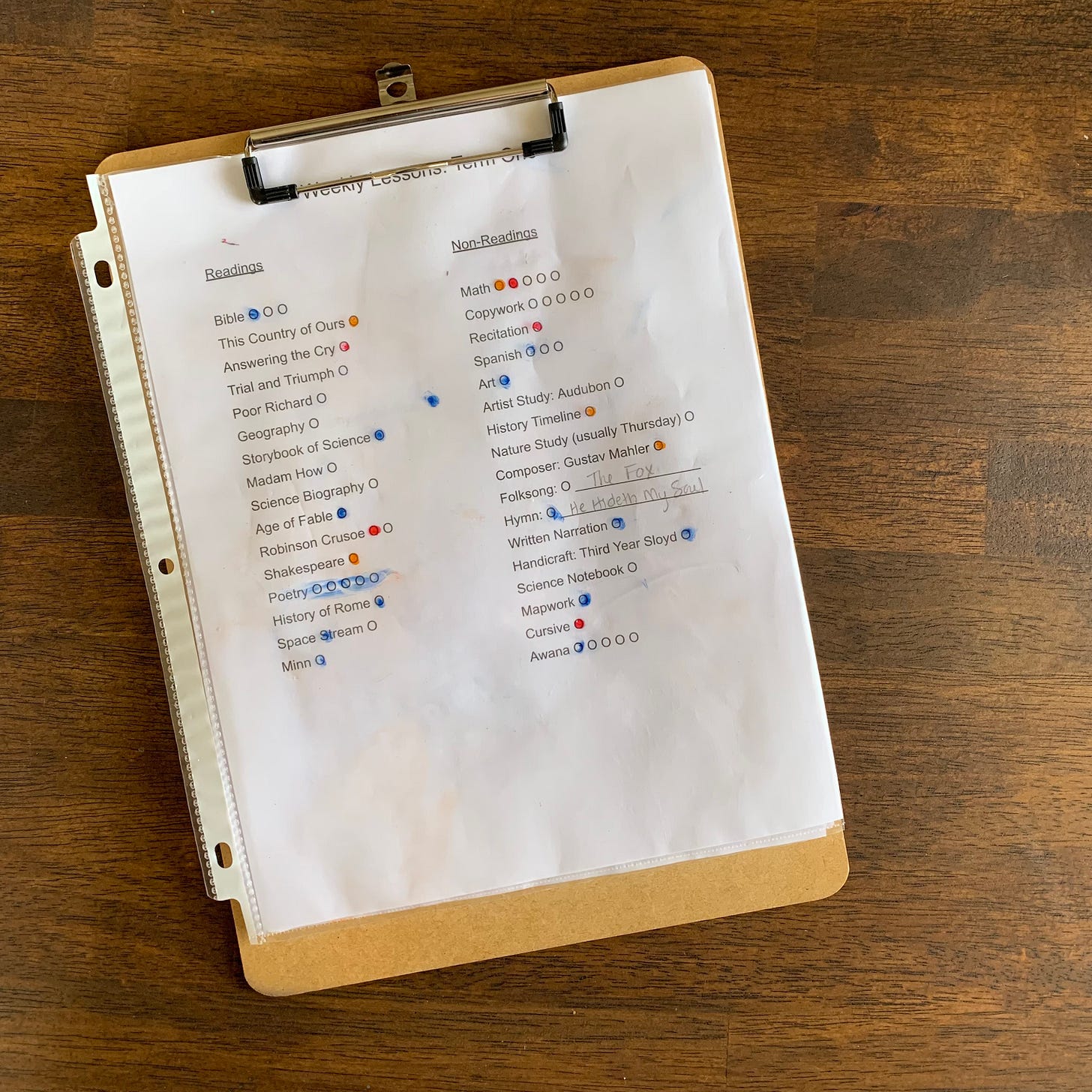
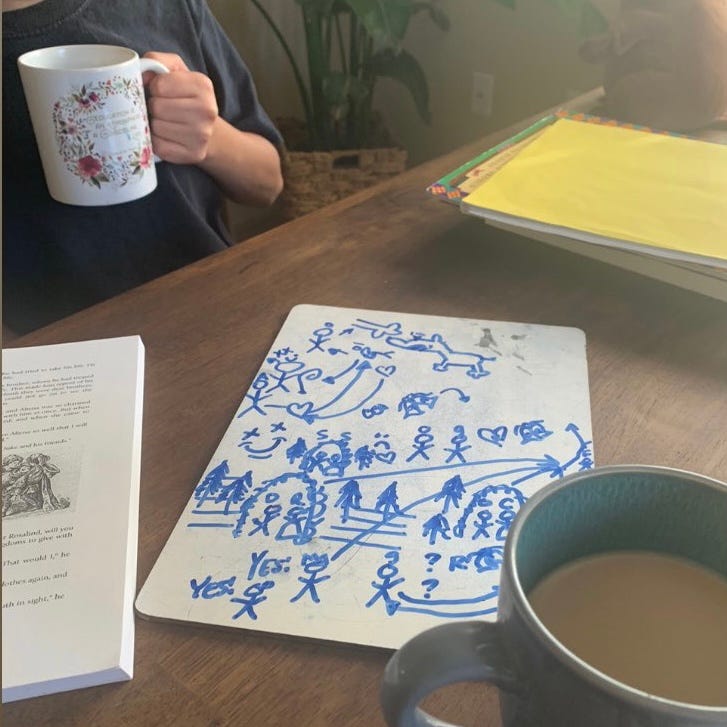
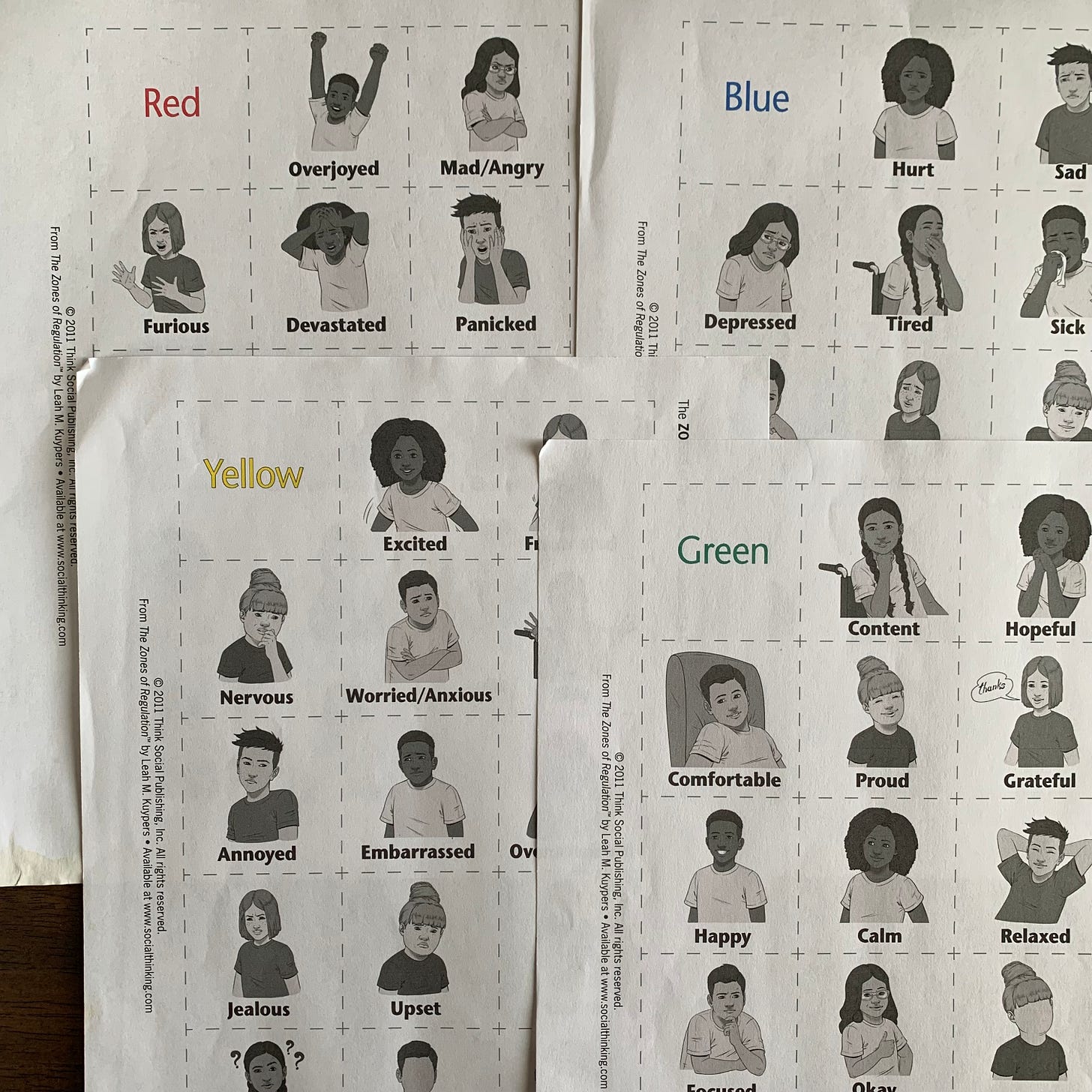
Thank you for sharing this! It's so lovely to be reminded that we're not alone, and that a CM educational atmosphere is a feast available to *all* born persons.
oh. my. goodness. thank you. Thank you for both sharing the honest hard, and for the glorious solutions/helps. My son has been struggling a lot lately with neruo issues, and I have been both fighting a lot of shame about all the work we aren’t getting done, and full of confusion as to how to move forward. This is incredibly helpful and encouraging. Thank you.